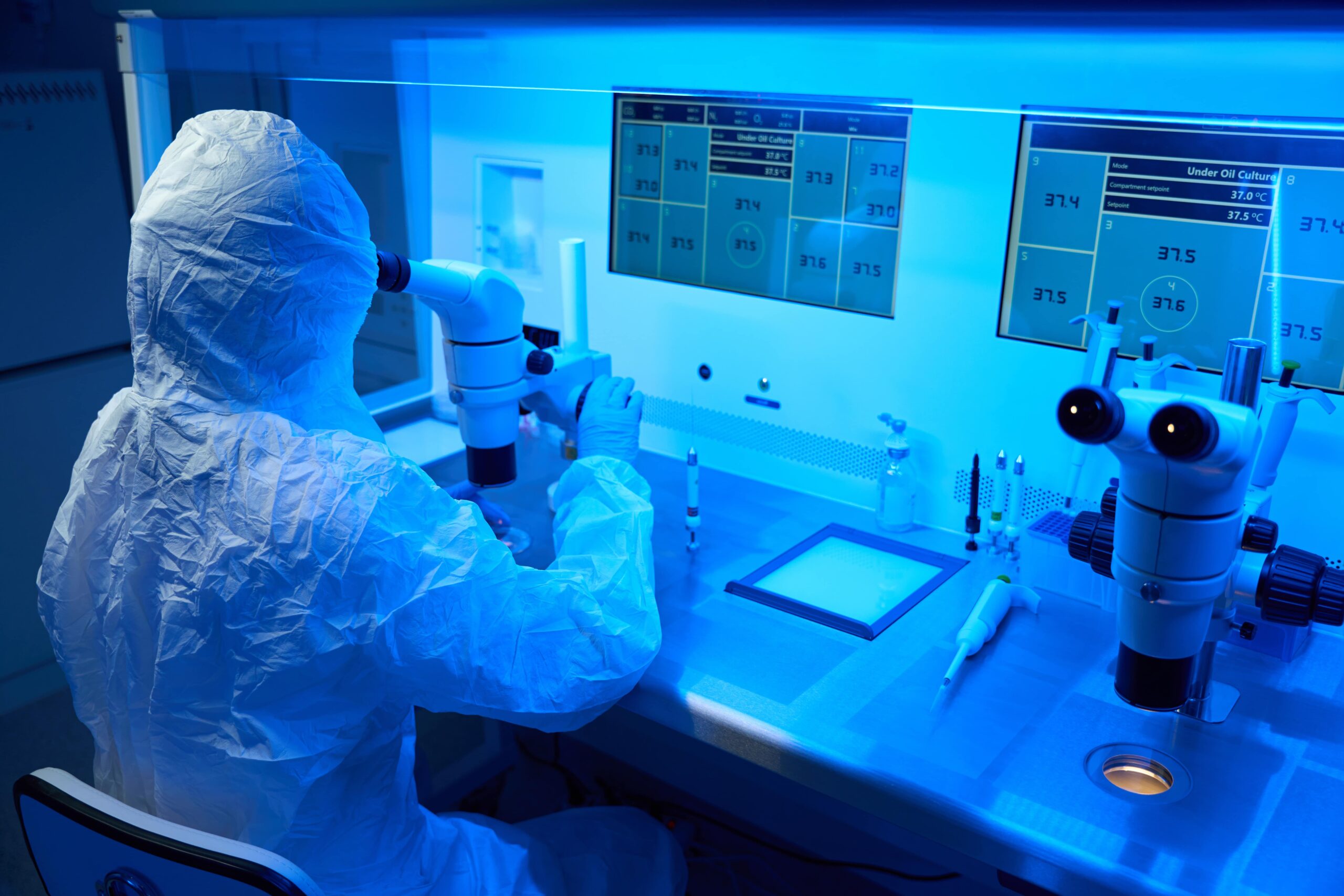
In the ever-evolving landscape of medical science, one area that has seen remarkable advancements is cancer detection. Traditionally, cancer diagnosis relied heavily on invasive procedures like tissue biopsies, which can be uncomfortable and sometimes risky for patients. However, the advent of liquid biopsy and biomarker detection has revolutionized the way we detect and monitor cancer. In this article, we will explore the incredible potential of these cutting-edge technologies and how they are changing the game in the fight against cancer.
The Conventional Method
Before delving into the realm of liquid biopsy and biomarker detection, let’s briefly comprehend the conventional methods of cancer diagnosis. Historically, obtaining a tissue sample from the suspected tumour site was the standard method. This invasive procedure frequently necessitated surgery and entailed risks such as infection and haemorrhage. In addition, it could be unpleasant and intimidating for patients, causing anxiety and distress.
Liquid Biopsy: A Game-Changing Technology
The introduction of liquid biopsies represents a paradigm shift in cancer diagnosis. This non-invasive technique analyses a basic blood sample as opposed to relying on tissue samples. The concept is revolutionary: cancer cells release minuscule DNA fragments into the circulation. These fragments, known as circulating tumour DNA (ctDNA), contain important information about the tumour, including its genetic mutations and characteristics.
With the advent of sophisticated sequencing technologies, scientists can now isolate and precisely analyse ctDNA from blood samples. Without the need for invasive procedures, liquid biopsy can provide valuable information about the presence, nature, and genetic composition of a tumour.
The Advantages of Liquid Biopsy
- Early Detection
The ability of liquid biopsy to detect cancer at an early stage is one of its most significant benefits. Traditional methods frequently diagnose cancer after it has substantially advanced. Liquid biopsy, on the other hand, can identify ctDNA even when the tumour is small, thereby increasing the likelihood of treatment success.
- Monitoring Treatment Effects
The use of liquid biopsies is not limited to mere diagnosis. In addition, it plays a vital role in monitoring the efficacy of cancer treatments. By analysing changes in ctDNA levels over time, oncologists can determine the efficacy of a patient’s treatment. This enables timely treatment plan adjustments, assuring the best possible outcome.
- Personalized Treatment
Understanding the genetic composition of a tumour through liquid biopsy allows for individualised treatment. Oncologists can customise treatments to target specific mutations, thereby increasing the likelihood of success while minimising adverse effects. This personalised approach represents a major advancement in cancer treatment.
Biomarker Detection: Improving Accuracy
In contrast to liquid biopsy, which concentrates on ctDNA, biomarker detection examines other molecules and proteins in the circulation. Biomarkers are substances that indicate the presence or behaviour of malignancy. These markers may consist of proteins, hormones, or specific genetic components.
The Role of Biomarkers
- Early Warning Signs
Biomarkers can serve as cancer early warning signals. Long before symptoms appear, elevated levels of certain proteins or genetic markers in the blood can indicate the presence of cancer. This early detection has the potential to transform patient outcomes.
- Monitoring Progress
In addition to early cancer detection, biomarkers aid in monitoring the disease’s progression. Changes in biomarker concentrations can reveal whether a malignancy is progressing, stabilising, or regressing. This data informs treatment decisions and enables timely interventions.
Combining Forces: Biomarker Detection and Liquid Biopsy
The ultimate potency of cancer detection resides in the combination of liquid biopsy and biomarker detection. These techniques, when combined, provide a comprehensive view of the disease. While biomarkers provide additional insight into the behaviour and response to treatment of the tumour, liquid biopsy reveals its genetic characteristics.
Conclusion
In the quest to revolutionize cancer detection, liquid biopsy and biomarker detection have emerged as invaluable tools. Their ability to provide non-invasive, early, and personalized insights into cancer is reshaping the way we approach this formidable disease. As these technologies continue to evolve and become more accessible, we can look forward to a future where cancer is not just detected but conquered with greater precision and compassion. The future of cancer detection is here, and it looks promising.
In conclusion, liquid biopsy and biomarker detection are not just advancements in medical science; they are beacons of hope for millions of people affected by cancer worldwide. These technologies are not only revolutionizing cancer detection but also paving the way for more effective treatments and, ultimately, a brighter future in the fight against cancer.
